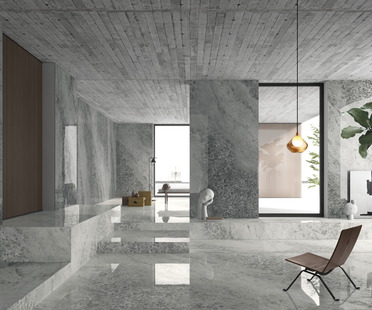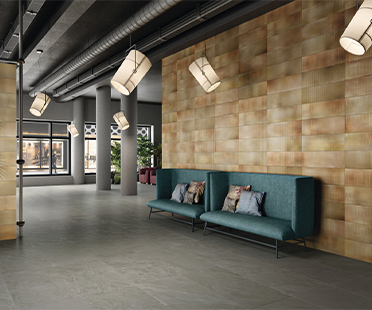- Home
- Tag
- Kengo kuma
Tag Kengo Kuma
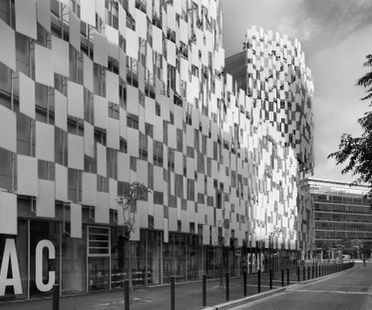
23-10-2013
Kengo Kuma FONDS REGIONAL D’ART CONTEMPORAIN (FRAC) Marseilles
Kengo Kuma’s FRAC in Marseilles is inspired by French writer André Malraux’s concept of an imaginary museum without walls.
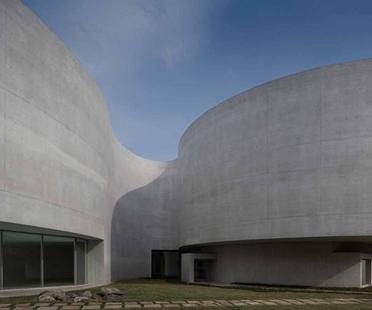
23-10-2013
Siza e Kuma al 150esimo del Politecnico di Milano
Nell'anniversario dei 150 anni del Politecnico di Milano, la prestigiosa università italiana ha deciso di conferire lauree ad honorem agli architetti di fama internazionale Álvaro Siza Vieira e Kengo Kuma.
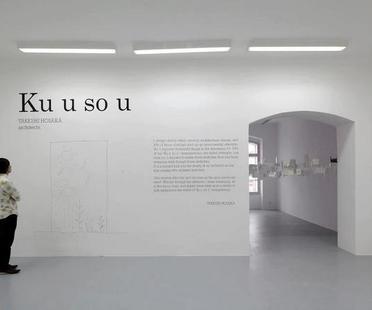
12-08-2013
TAKESHI HOSAKA ARCHITECTS - Ku u so u /Fantazie/ exhibition
The exhibition of the work of Takeshi Hosaka organised by the České Budějovice Art House has just closed.
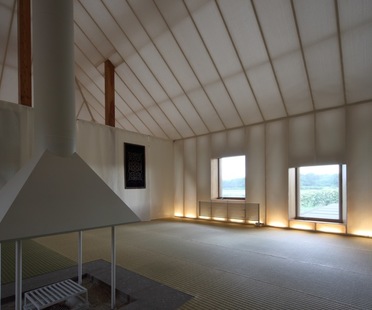
21-03-2013
Experimental and eco-friendly home by Kengo Kuma.
Kengo Kuma has created a diaphanous structure that exists in close symbiosis with its landscape, starting from an old, indigenous model: the earth house.
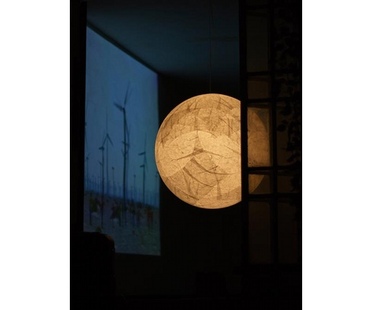
08-11-2012
An urban redevelopment show. Lights/out Pasubio.
The professional association of architects in the Province of Parma, organised a night to show off the potential of an old industrial building, whose suggestive spaces are waiting for a new use.

03-10-2012
Kuma: Asakusa Culture Tourist Information Center
Kengo Kuma goes back to the soul of Tokyo’s Asakusa district to design a tower building that seems to be the product of overlapping a series of traditional houses. Wood is the material which defines the façades, alluding to the Japanese building tradition in a contemporary way.
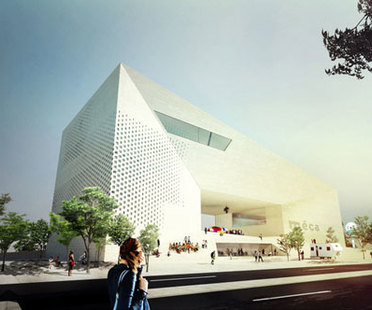
21-09-2012
NOUVELLES ARCHITECTURES, FRAC exhibition, Paris
An exhibition at the Pompidou Centre in Paris celebrates the thirtieth anniversary of FRAC, Fonds régionaux d’art contemporain (regional contemporary art funds).
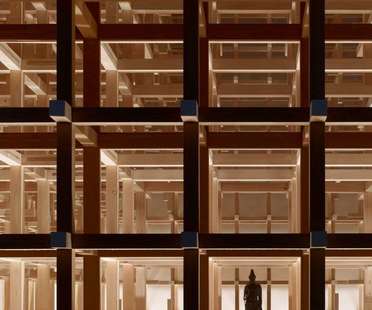
11-04-2012
Kuma: GC Prostho Museum Research Center
Kengo Kuma creates a building using a system of interlocking wooden elements named Cidori after a traditional Japanese game. The design inspires the plan for the building, and the result is a unique work with a bold graphic impact: contemporary architecture brings together different arts.
















